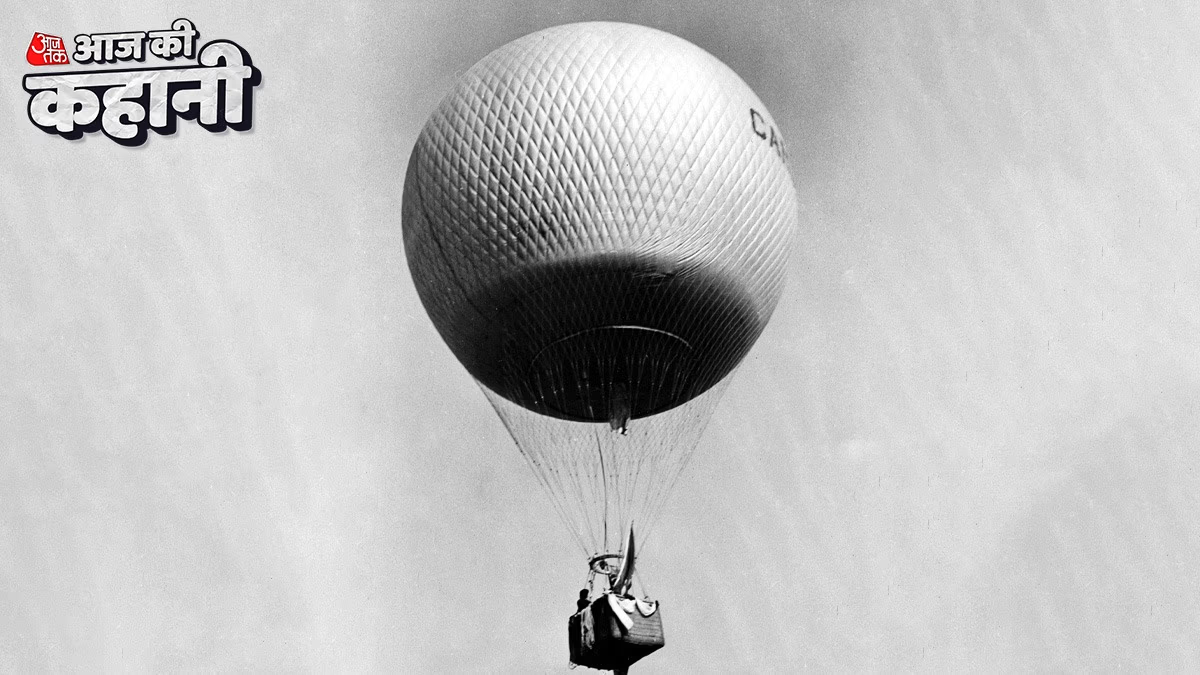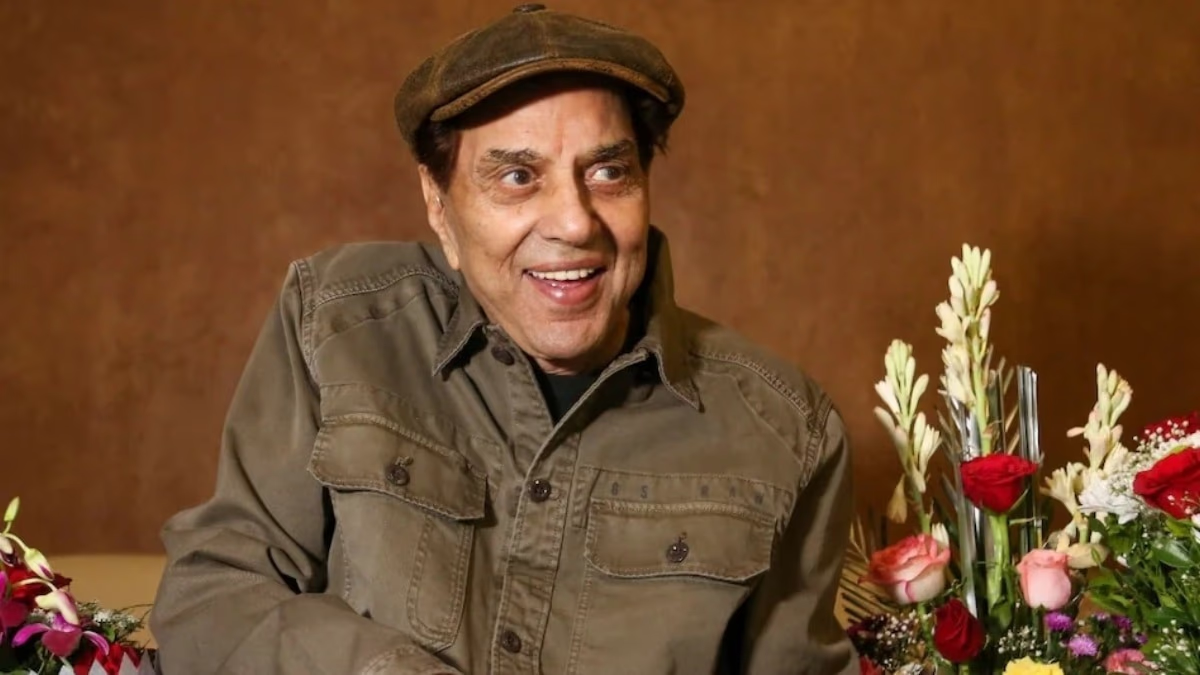On November 21, 1783, French physician Jean-François Pilâtre de Rozier along with Francois Laurent, Marquis d'Arlandes, embarked on humanity's first journey in a hot air balloon. They soared for approximately 25 minutes, traversing 5.5 miles over Paris. This remarkable event turned humanity's dream of flight into a tangible reality.
The fabric of the first hot air balloon was crafted by French papermakers Jacques-Étienne and Joseph-Michel Montgolfier, the visionary brothers credited with inventing the world’s first successful hot air balloon. Humanity had long dreamt of flight.
For Thousands of Years, Humans Dreamt of Flying
In Greek mythology, Daedalus crafted wings from wax, while Leonardo da Vinci designed flying machines and entertained the concept of helicopters in the 15th century. However, the dream of flight remained unrealized until the 1780s.
Many Experiments Preceded the Paris Flight
The first successful flying device might not have been the Montgolfier balloon but an 'ornithopter,' a glider-like craft with flapping wings. According to hazy records, German architect Carl Friedrich Meerwein managed a brief flight in this device in 1781. Despite the record's ambiguity, Meerwein's flying machine did not become a practical tool for flight. The Montgolfier brothers were pioneers in carrying people into the skies for the first time.
A Spark of Inspiration from Paper Bags Above Fire
Joseph and Étienne Montgolfier were paper manufacturers in the town of Vidalon in southern France. Their business success allowed them to finance their scientific interests. In 1782, they discovered that placing flammable materials underneath lightweight paper or fabric bags caused them to rise into the air.
Experiments with Animals Preceded Human Flight
Before sending up humans, the Montgolfier brothers conducted numerous trials. They incorrectly concluded it was smoke that lifted balloons. In reality, it was the heat of the air. Nonetheless, this misunderstanding did not deter their subsequent achievements. On June 4, 1783, the brothers showcased their discovery to the public, launching an unmanned balloon fueled by burning straw and wool, which ascended 3,000 feet and then landed two miles away.
Earlier Attempts in Brazil to Fly a Balloon Had Failed
Before the Montgolfiers, Brazilian priest Bartolomeu de Gusmão performed an early hot air balloon flight test in the palace of the King of Portugal in 1709. However, the Montgolfiers, unaware of Gusmão's efforts, soon surpassed these initial trials.
Animals Took to the Skies Before Humans
On September 19, the Montgolfiers sent a sheep, a rooster, and a duck aloft in a balloon in preparation for human flight. Decorated with blue hue and adorned with golden flowers, the balloon launched from the courtyard of the Palace of Versailles with King Louis XVI in attendance. The barnyard animals soared for eight minutes before safely landing two miles away.
The First Tethered Balloon Flight Conducted Prior to the Untethered Triumph
On October 15, Jean-François Pilâtre de Rozier executed a tethered balloon flight, ascending briefly before safely returning to Earth. The first untethered hot-air balloon flight took place on November 21 before a large, eager audience in Paris. Pilâtre and d'Arlandes, a nobleman, lifted off from the royal Château de la Muette in the Bois de Boulogne and flew for nearly five miles, finally claiming the skies for humanity.
The Montgolfier brothers were honored by the French Academy of Sciences for their pioneering achievements. They later published books on aeronautics and contributed significantly to other scientific fields.
Significant Events
On November 21, 1871, Moses Gale patented the cigar lighter.
On November 21, 1921, the Prince of Wales (later King Edward VIII) arrived in Bombay, prompting a nationwide strike announced by Congress.
On November 21, 1947, the first postage stamp was issued in the country post-independence.
On November 21, 1962, during the India-China border dispute, China declared a ceasefire.
On November 21, 1963, the first rocket was launched from the Thumba region of Kerala.




